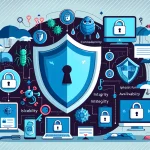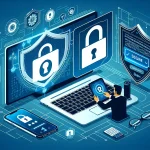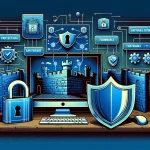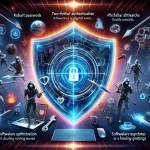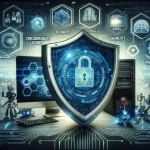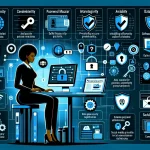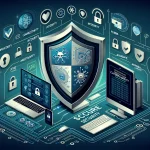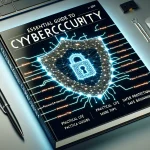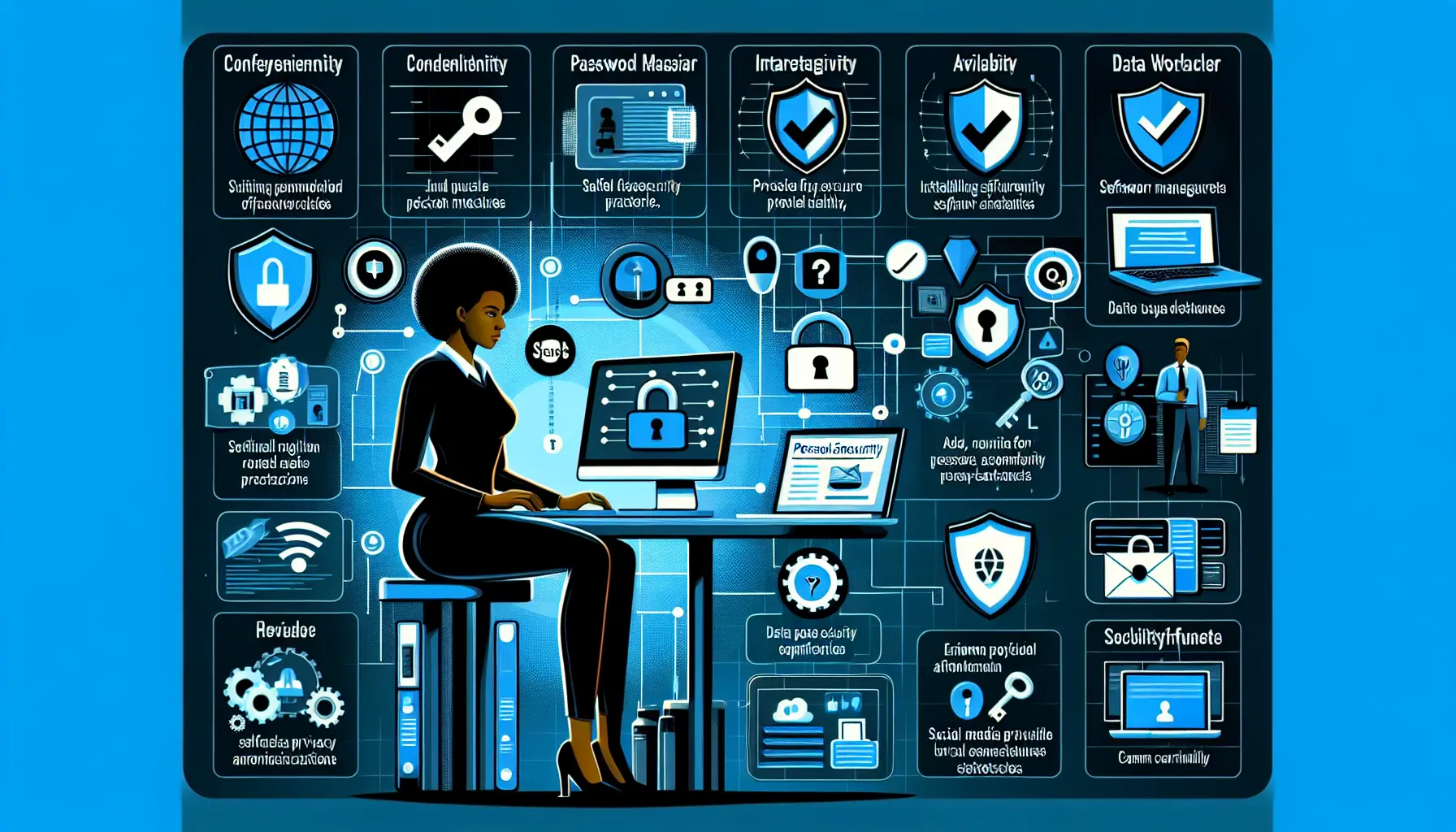
Estimated reading time: 8 minutes
Key Takeaways
- Cybersecurity is Essential: Protecting your digital life is crucial for everyone, not just tech experts.
- Three Core Principles: Confidentiality, integrity, and availability are the foundation of cybersecurity.
- Basic Tools: Antivirus software, firewalls, and password managers are essential for beginners.
- Stay Informed: Regularly update your knowledge about emerging cyber threats.
- Ongoing Practice: Cybersecurity is not a one-time task but a continuous effort.
Table of Contents
- What is Cybersecurity and Why Should You Care?
- The Building Blocks of Digital Protection
- Essential Security Tools Every Beginner Needs
- Creating Your Personal Security Strategy
- Common Cyber Threats and How to Avoid Them
- Safe Internet Browsing Practices
- Data Backup and Recovery
- Staying Informed About Security
- Taking Action: Your Security Checklist
- Resources for Further Learning
- Frequently Asked Questions
What is Cybersecurity and Why Should You Care?
Think of cybersecurity as your digital home security system. It's the practice of protecting your computers, phones, personal information, and online activities from unauthorized access or harm. While many believe cybersecurity is only for large companies or tech experts, the reality is that everyone needs these skills in our connected world.
The numbers tell a concerning story: cyber attacks happen every 39 seconds, affecting millions of regular people who never thought they'd be targets. Your personal data, from bank accounts to family photos, needs protection. How to Protect Personal Data: Essential Steps and Strategies for Comprehensive Security.
The Building Blocks of Digital Protection
Cybersecurity rests on three fundamental principles:
- Confidentiality: Ensuring only authorized people can access your information
- Integrity: Keeping your data accurate and unaltered
- Availability: Making sure you can access your systems and information when needed
These principles form the foundation of all cybersecurity practices, from password management to data backup strategies.
Essential Security Tools Every Beginner Needs
Start with these fundamental protection tools:
- Antivirus software to detect and remove malicious programs The Best Cybersecurity Tools: Top Picks and Expert Recommendations for 2024
- Firewall protection to monitor network traffic
- Password manager to create and store strong passwords
- VPN service for secure internet browsing
Creating Your Personal Security Strategy
Follow these steps to build your security foundation:
- Password Protection:
- Create unique passwords for each account
- Use combinations of letters, numbers, and symbols
- Enable two-factor authentication wherever possible
- Network Security:
- Secure your home WiFi with WPA3 encryption How to Secure Your Home Wi-Fi: Simple Steps for Maximum Security
- Regularly update your router's firmware
- Avoid using public WiFi for sensitive transactions
Common Cyber Threats and How to Avoid Them
Be aware of these prevalent threats:
Malware: Malicious software that can damage your devices or steal information
Prevention: Install reputable antivirus software and keep it updated Antivirus vs Anti-Malware: A Comprehensive Guide to Choosing the Best Protection for Your Digital Security
Phishing: Deceptive emails or messages trying to steal your information
Prevention: Verify sender addresses and never click suspicious links
Social Engineering: Manipulation tactics to gain access to your information
Prevention: Verify requests for personal information through official channels
Stay informed about the latest threats by reading Cybersecurity Threats 2025: Emerging Risks, Trends, and Prevention Strategies.
Safe Internet Browsing Practices
Protect yourself while online:
- Look for HTTPS in website addresses
- Keep your browser and extensions updated
- Use private browsing modes when appropriate
- Install an ad blocker to prevent malicious advertisements
Data Backup and Recovery
Protect your important files:
- Back up data regularly to external drives or cloud storage
- Use encryption for sensitive information
- Test your backups periodically to ensure they work
- Keep multiple copies of critical files
Staying Informed About Security
Cyber threats evolve constantly. Stay protected by:
- Following reputable cybersecurity news sources
- Setting up automatic software updates
- Participating in free online security courses
- Joining cybersecurity forums or communities
Taking Action: Your Security Checklist
Start protecting yourself today with these steps:
- Audit your current security measures
- Update all passwords to strong alternatives
- Install and configure security software
- Back up your important data
- Set up two-factor authentication
- Review privacy settings on social media
Remember: cybersecurity isn't a one-time setup but an ongoing practice. Make these habits part of your daily digital routine.
Resources for Further Learning
Continue building your knowledge with:
- Microsoft's Security Fundamentals course
- SANS Security Awareness training
- Cybrary's free security courses
- FTC's cybersecurity basics guide
Your online security starts with understanding these basics and implementing them consistently. Start with one step today, and gradually build your digital defense system.
Frequently Asked Questions
What is cybersecurity?
Cybersecurity is the practice of protecting systems, networks, and programs from digital attacks.
Why is cybersecurity important for individuals?
It protects personal information, financial data, and privacy from cyber threats.
What are common types of cyber threats?
Common threats include malware, phishing, and social engineering attacks.
How can I protect my personal data?
Use strong passwords, enable two-factor authentication, and regularly back up your data.
What should I do if I suspect a cyber attack?
Immediately disconnect from the internet, run antivirus scans, and change your passwords.
